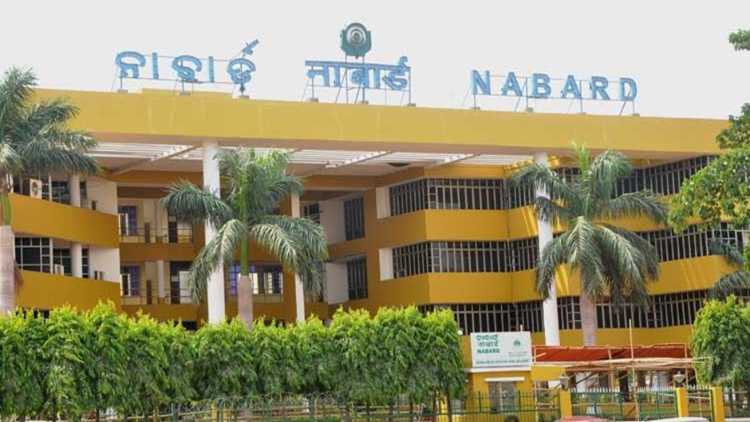
 Sushma Ramachandran
Sushma Ramachandran
The latest government decision to set up a development finance institution must be welcomed as it provides a fresh way of funding for badly needed investments in the infrastructure sector. The creation of the new development bank comes after a considerable hiatus as several Development Finance Institutions (DFIs) that had been set up immediately after independence and in the 50s and 60s, were wound up after the economic reforms of 1991. These are familiar names such as the Industrial Finance Corporation of India (IFCI), the Industrial Credit and Investment Corporation of India (ICICI) and the Industrial Development Bank of India (IDBI). The latter two were subsumed as regular commercial banks and the IFCI was converted to a non-banking financial company (NBFC). At the same time, there are other specialized development institutions that have continued to operate over the years. These are designed for specific sectors such as NABARD for the agriculture sector, the Small Industries Development Bank of India for small industry and the National Housing Bank for the housing sector.
The development finance institutions that were wound up were not meant for specific economic segments but catered to large infrastructure projects needed to build a nascent economy. Normally a DFI is owned by the government as it needs to direct resources to projects that may not be easily funded by normal commercial banks. The technical definition of a DFI is a financial institution that provides risk capital for economic development projects on a non-commercial basis. It is this issue of raising long term funds on a non-commercial basis that became an overwhelming issue for the earlier DFIs. Besides, it was felt after economic liberalization there was no need for long term finance institutions as normal commercial banks could meet the requirements for infrastructure funding. IDBI and ICICI then metamorphosed into banks and IFCI was converted into an NBFC with reduced government shareholding.
It is now increasingly being recognized even globally that DFIs have a role to play in emerging economies though these exist in developed countries as well.
Some studies say there are as many as 250 such institutions in existence. In fact, DFIs are said to have played a key role in the development of the East Asian economies. Even China’s Development Bank played a significant role as a government-guaranteed entity. At this juncture when there is an economic downturn and the government is anxious to step up investment in infrastructure to give a push to growth, such an institution could provide much-needed low-cost funding for this sector.
The National Bank for Financing Infrastructure and Development, as it will be called, will be 100 per cent government-owned for the time being but this stake will be brought down to 26 per cent. It will be given an initial capital infusion of Rs. 20.000 crore and will be able to leverage this to fund projects to Rs. three lakh crore, according to the information given by Finance Minister Nirmala Sitharaman. In addition, a grant of Rs. 5000 crore will be given to the DFI in the form of tax saving bonds.
In a bid to lure funding to the new DFI, it has been decided to provide a ten-year tax exemption to funds invested in it. The aim is to attract long term players such as insurance and pension funds. According to the Finance Minister, it will reach out to pension funds and sovereign wealth funds. Overseas bond markets could also potentially be viewed for sourcing funds.
At the same time, the new DFI has to be professionally managed to ensure there is an efficiency of operations. Past DFIs lost large amounts of finances due to defaults by promoters. Despite this backdrop, there will have to be less rigid norms for NPAs, given the fact that long term project financing will have to be carried out. In fact, one of the key reasons for setting up a DFI is the gap in funding for large infrastructure projects that give low rates of return. This gap became especially wide after the 2008 global financial crisis when a slowdown in the economy led to bad loans especially related to infrastructure projects, accumulating with banks.
The new institution must also be viewed in the context of the National Infrastructure Pipeline which was announced two years ago. The pipeline had laid a road map for 7,671 infrastructure projects costing Rs. 111 lakh crore till 2024-25. The new institution is likely to provide an impetus to implement more of these pipeline schemes as currently, only about 1700 are underway.
Even as the new financing institution is being welcomed, there is bound to be some skepticism over the ultimate performance of the proposed entity. These doubts are largely owing to past experience of the DFIs that had been set up after independence. But one must not forget that it was through the funding provided by IFCI, ICICI and IDBI at the time, that it was possible to set up huge power and fertilizer projects in many parts of the country. In the absence of funding at a low cost, this would not have been possible. Going forward, therefore, one must learn from the lesson of other countries that have been relying on such institutions for pushing forward with infrastructure growth. It is now for the government to ensure that a professional efficient management team runs the show so that there is a long term productive outcome.
